RCRA Listed Hazardous Waste FAQs
What Is RCRA? 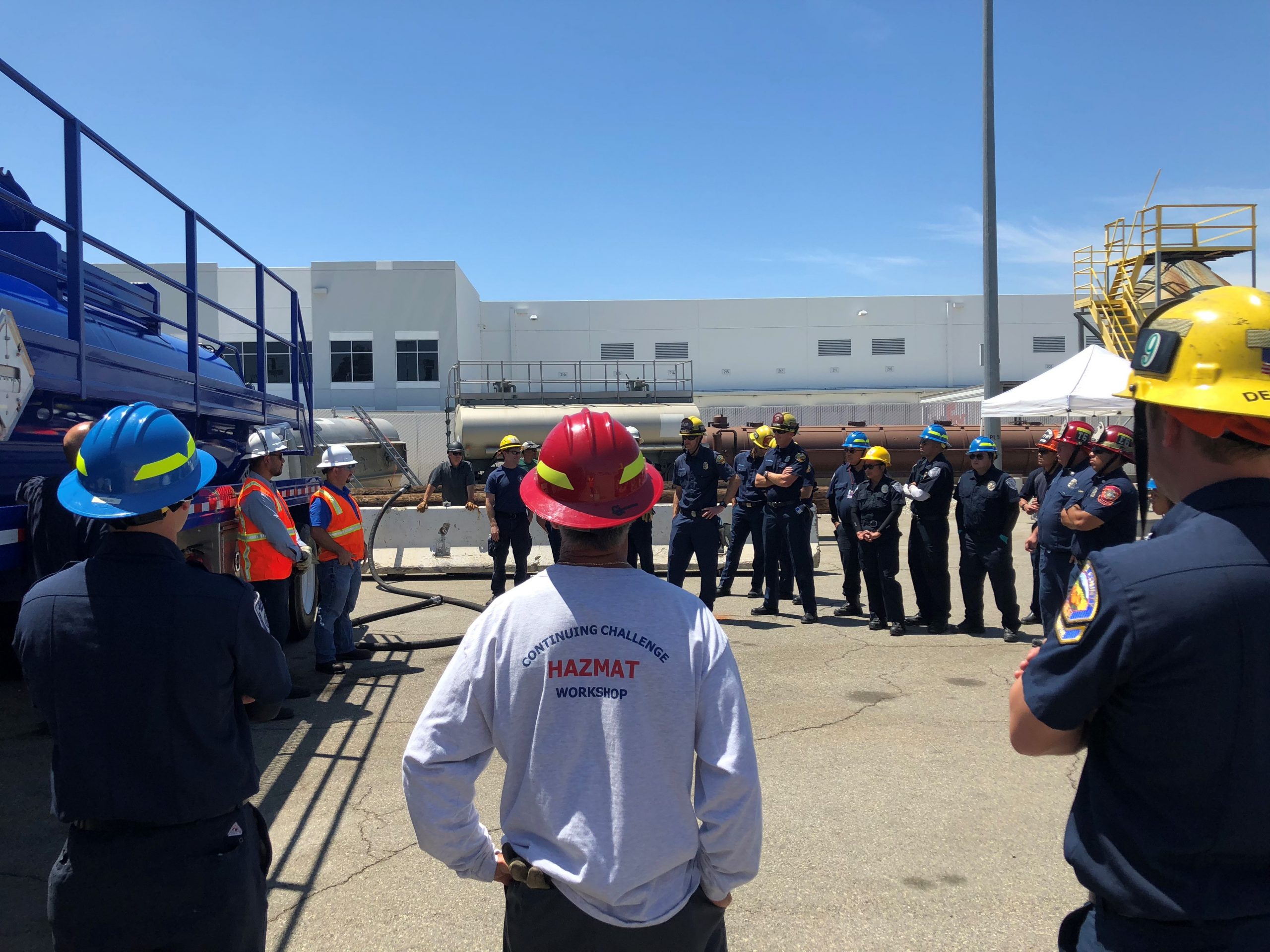
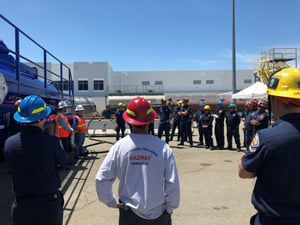
RCRA refers to the Resource Conservation and Recovery Act of 1976, which is the public federal law that governs the management and disposal of hazardous waste. RCRA gives the EPA the authority to monitor hazardous waste from cradle to grave.
What Are The Types Of RCRA Listed Hazardous Waste?
RCRA listed hazardous waste is known to harm human health and the environment when improperly managed. These hazardous wastes are categorized into four different lists, F, K, P, and U lists.
F List – The F list designates certain wastes produced from common industrial or manufacturing operations. Since these operations can occur in different localities of each industry, these are wastes from non-specific sources.
K List – This list describes certain wastes from known sources and specific industries, like treatment wastewater or pesticide manufacturing. Certain wastes such as sludge and wastewaters derived from processes in these industries can be described as source-specific wastes.
P List – The P-list includes pharmaceuticals, discarded chemicals, and pesticides. This list encompasses all acute hazardous waste which is subject to stricter generator accumulation requirements.
U List – This list is nearly identical to the P-list, however, U-listed wastes are considered to be less toxic than P-listed wastes.
Do Hazardous Waste Generators Need A RCRA Permit?
Are Hazardous Waste Generators Permitted To Treat Their Waste On-Site Without Obtaining A RCRA Permit?
It is normally required to have a permit from the federal or state EPA before you treat hazardous waste. However, RCRA regulations allow hazardous waste generators to manage a few waste treatment activities without applying for a permit (with some limitations).- Disassembling Equipment – The EPA allows universal waste handlers to disassemble e-waste to remove components that might contain hazardous materials. For example, the removal of cathode ray tubes, or CRTs from old televisions are allowed. Once removed, items such as CRTs, batteries, and mercury ampules can be managed as hazardous waste.
- Mixing a flammable or corrosive material with solids can cause them to lose their characteristics. Typically, diluting hazardous waste is prohibited, however, the EPA authorizes absorbent materials to be added to the hazardous waste as long as it is added to the container before or at the start of when the hazardous waste is accumulated, and not after.
What are the Authorized Penalties For Non-Compliance With RCRA?
Triumvirate Environmental is a premier provider of RCRA waste management services to businesses across many industries. Our certified field techs will develop a comprehensive plan that works for your specific waste disposal needs. Contact us today or click the button below to learn more about how we can help you safely manage your facility's waste.


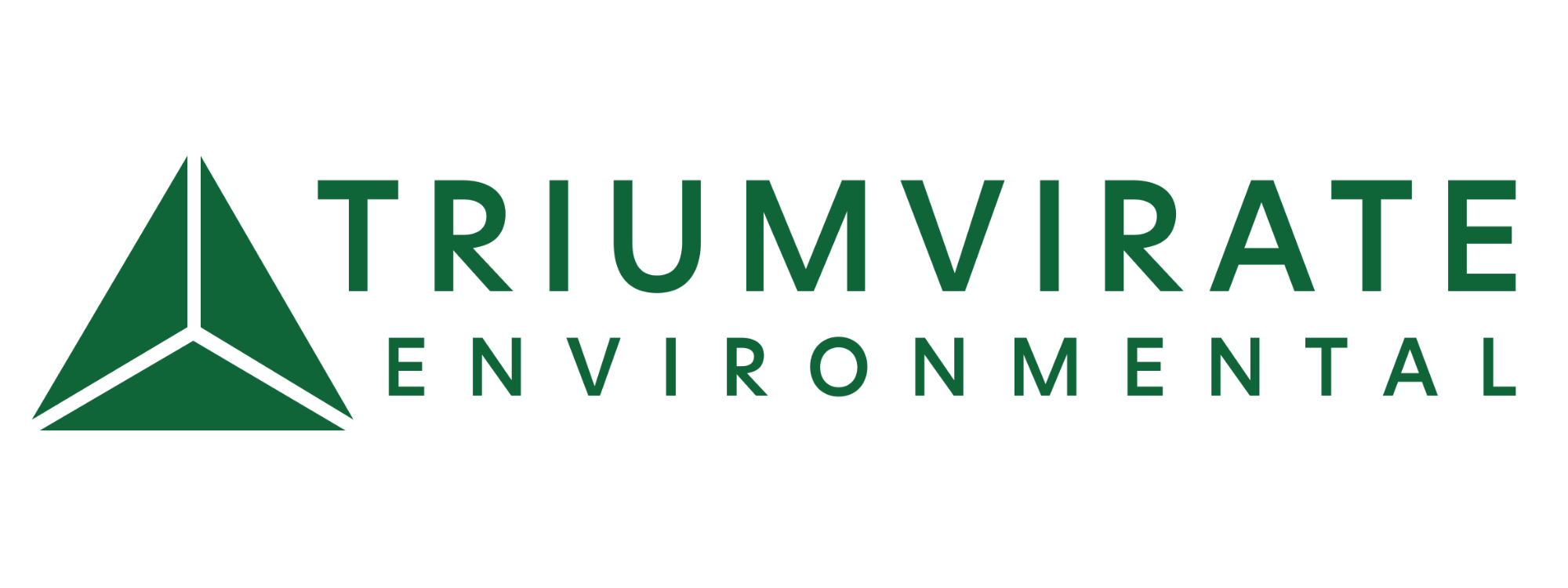


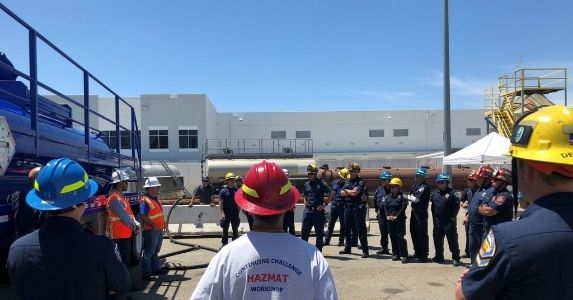
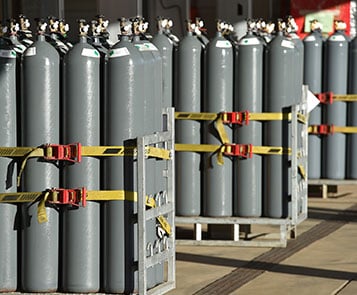
.png)